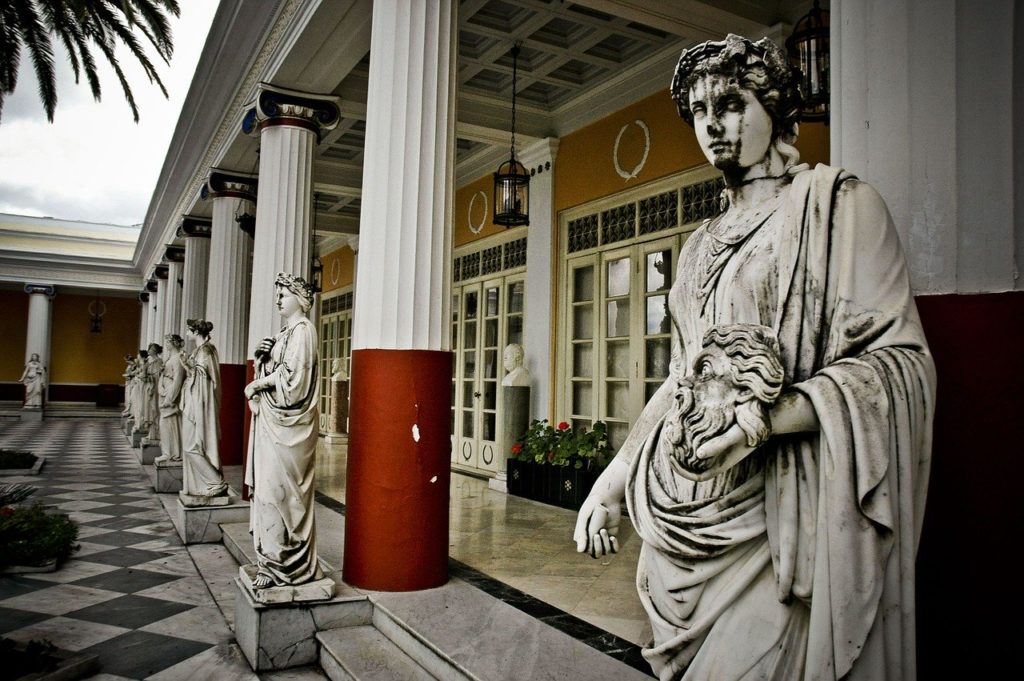Greek or Roman Columns Add a Classical Touch to Your Home

When you think of classical architecture, Greek and Roman structures come to mind easily. Building design has been influenced by these styles for thousands of years. If you’re looking for a traditional touch for your home, fiberglass columns in these ancient motifs are a sure bet.
Greek Columns
Doric columns are the simplest of the Greek styles. They are short, with a height four to eight times that of the diameter. Twenty channels, or flutes, surround the pillar. The top, or capital, is plain and unadorned and the base is not molded.
An Ionic column is slender, with fluted pillars. Two scrolls, or volutes, form the capital. The large base consists of convex moldings.
Corinthian columns are the most ornate. Also slender and fluted, Corinthian columns are topped by four scrolls and two rows of acanthus leaves.
Roman Columns
The Romans adapted Greek column designs and also made their own styles. Tuscan columns, the first of the Roman styles, have a smooth pillar with no flutes. The base is simple and can be round or square. Similar to Doric columns, Tuscan columns have an unadorned capital.
The Composite column mixes the scrolls of the Ionic column with the leaves of the Corinthian column. It’s considered the most ornate of the Greek and Roman designs.
Modern usage
While columns were made of stone thousands of years age, these classical, ornate designs can be replicated in fiberglass columns today. Modern columns have the advantage of being light and sturdy, and are capable of functioning as load-bearing structures where necessary.
Custom columns made from today’s materials are easy to clean and maintain, no matter how intricate the design. They are resistant to weathering from moisture, sunlight and extreme temperatures and will not rot or corrode.
If you’re considering a classical look, Greek or Roman fiberglass columns are hard to beat. Their designs have stood the test of time and can add a traditional motif to your home.
